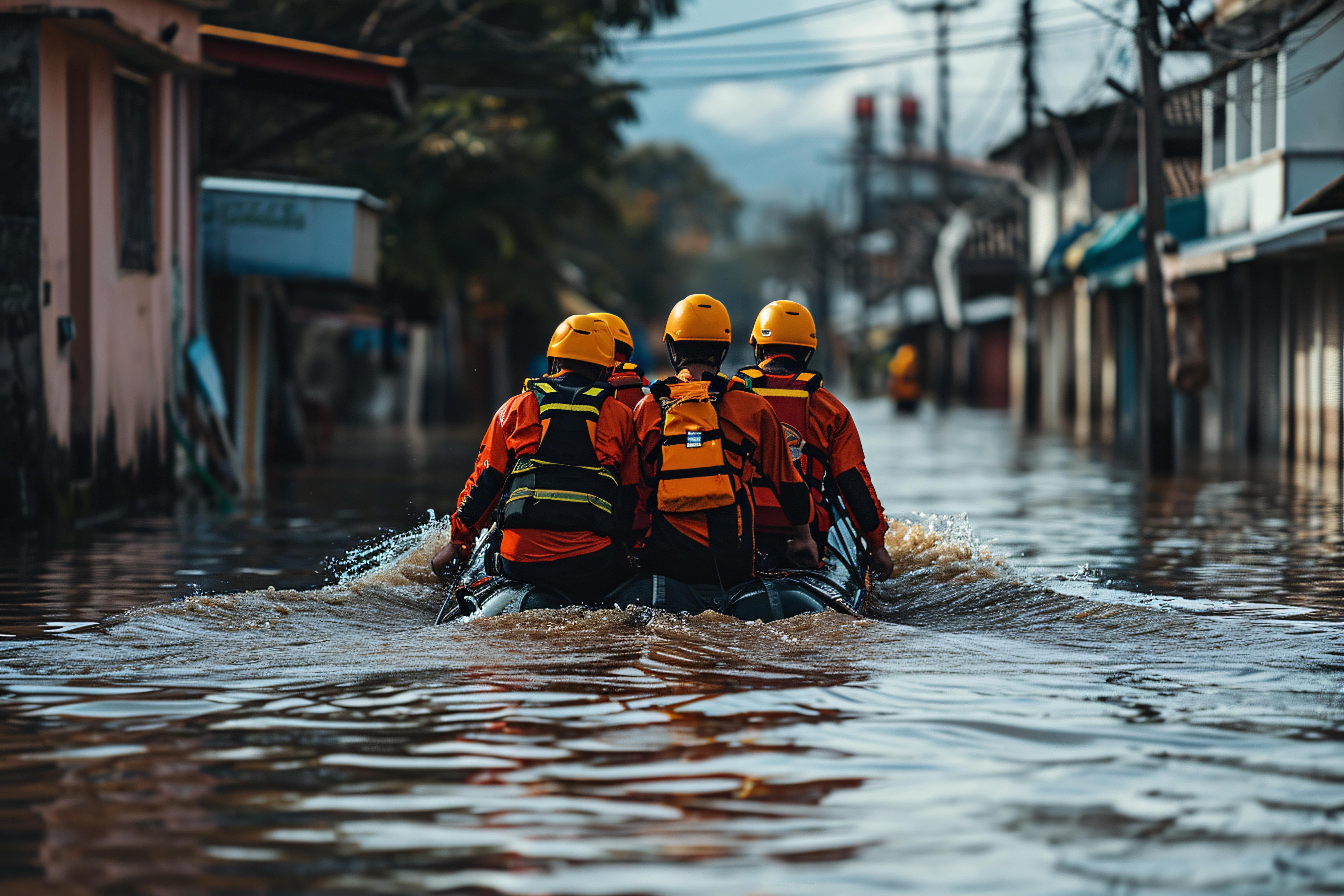Blog Posts & Blog Archives
All Blogs / news-and-media
Aftermath of Flooding in Brazil Amazonas State
Explore the severe impact of recent flooding in Amazonas, Brazil. Learn about immediate relief, recovery challenges, and international aid efforts.
Saturday, July 27, 2024
Aftermath of Flooding in Brazil Amazonas State
The Amazonas state in Brazil, located in the heart of South America, is known for its diverse wildlife and thick rainforests. Unfortunately, this beautiful region has recently experienced extensive flooding, leading to major disruptions and destruction for the people living there. This article explores the impact of the flooding in Amazonas state, the difficulties in recovering from such a disaster, and the important role of emergency response and humanitarian assistance.
The Flooding in Amazonas State
The Magnitude of the Disaster
The recent flooding in Amazonas state was unprecedented, with torrential rains causing rivers to overflow and inundate vast areas. Towns and villages along the Amazon River and its tributaries were submerged, affecting thousands of families. The sheer scale of the flooding has overwhelmed local resources and infrastructure, making it one of the worst natural disasters in the region's history.
Immediate Impact
The immediate impact of the flooding has been catastrophic. Homes, schools, and businesses have been destroyed or severely damaged, leaving many residents without shelter, food, or clean water. The flooding has also disrupted transportation and communication networks, isolating communities and making it difficult for aid to reach those in need.
Disaster Recovery Efforts
Assessing the Damage
One of the first steps in disaster recovery is assessing the extent of the damage. This involves surveying the affected areas to determine the number of people displaced, the infrastructure damage, and the immediate needs of the population. In Amazonas state, this process has been hampered by the vast and remote nature of the region, as well as ongoing weather challenges.
Restoration of Infrastructure
Rebuilding infrastructure is critical for long-term recovery. Roads, bridges, and communication networks must be restored to reconnect isolated communities and enable the delivery of essential services and supplies. In Amazonas, this task is particularly challenging due to the dense forest and extensive waterways.
Housing and Shelter
Providing temporary and permanent housing solutions is a priority. Many families have lost their homes and are living in makeshift shelters. Humanitarian organizations are working to provide temporary shelters while also planning for the construction of durable, flood-resistant housing.
Emergency Response
Immediate Relief Efforts
Emergency response efforts focus on providing immediate relief to those affected by the flooding. This includes the distribution of food, clean water, medical supplies, and hygiene kits. In Amazonas, the coordination of these efforts involves local authorities, non-governmental organizations, and international aid agencies.
Medical Assistance
Flooding can lead to a host of health issues, including waterborne diseases, injuries, and mental health challenges. Medical teams are on the ground providing care and working to prevent outbreaks of diseases such as cholera and dengue fever. Mental health support is also crucial, as the trauma of losing homes and loved ones can have long-lasting effects.
Search and Rescue Operations
In the immediate aftermath of the flooding, search and rescue operations were vital. Teams worked tirelessly to locate and rescue individuals trapped by rising waters. These operations are dangerous and require specialized training and equipment, highlighting the bravery and dedication of the responders.
Humanitarian Aid
The Role of Humanitarian Organizations
Humanitarian aid is essential for both immediate relief and long-term recovery. Organizations like the Red Cross, UNICEF, and local NGOs play a critical role in providing resources and support. Their efforts are often complemented by international aid from governments and global organizations.
Community Involvement
Involving local communities in the recovery process is vital for its success. Community members have a deep understanding of their environment and needs, and their participation ensures that aid efforts are relevant and effective. Empowering communities also helps build resilience against future disasters.
International Support
The scale of the disaster in Amazonas has attracted international attention and support. Countries around the world have offered financial aid, supplies, and technical assistance. This global solidarity is crucial for meeting the vast needs of the affected populations and rebuilding the region.
The Path Forward
Building Resilience
As Amazonas state begins to recover from the flooding, there is a critical need to build resilience against future disasters. This involves investing in infrastructure that can withstand extreme weather events, developing early warning systems, and educating communities on disaster preparedness.
Climate Change Considerations
The flooding in Amazonas state is a stark reminder of the impacts of climate change. Increased rainfall and extreme weather events are becoming more common, necessitating a global response to mitigate climate change and adapt to its effects. Sustainable practices and environmental conservation are key components of this effort.
Long-Term Recovery
Long-term recovery is a complex and ongoing process. It requires sustained investment and support from both local and international communities. Ensuring that recovery efforts are inclusive and equitable is essential for rebuilding a stronger, more resilient Amazonas state.
Conclusion:
The recent flooding in Brazil’s Amazonas state has brought to light the destructive effects of natural disasters and the crucial need for disaster recovery, emergency response, and humanitarian aid. Through collaboration and assistance for those impacted, we can contribute to the rebuilding of communities, the restoration of livelihoods, and the establishment of a more resilient future.
Related Blogs
Exploring the World of Online Job Opportunities
Discover how job portals connect talent with employers, offering a vast range of opportunities, networking, and efficient job searches in various industries.
By WelinkJobs | Wednesday, February 1, 2023
Getting the Job You Want: Using WeLinkJobs to Ensure a Successful Job Search
Master WeLinkJobs with our guide on setting clear goals, optimising your profile, and using advanced tools for job search success.
By WelinkJobs | Wednesday, March 1, 2023



